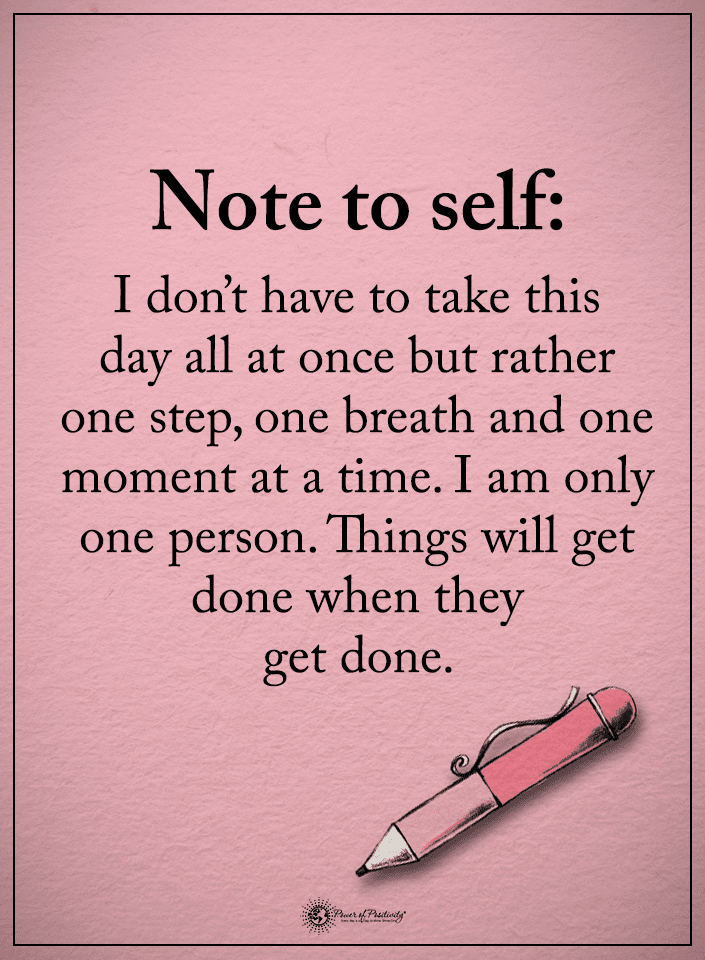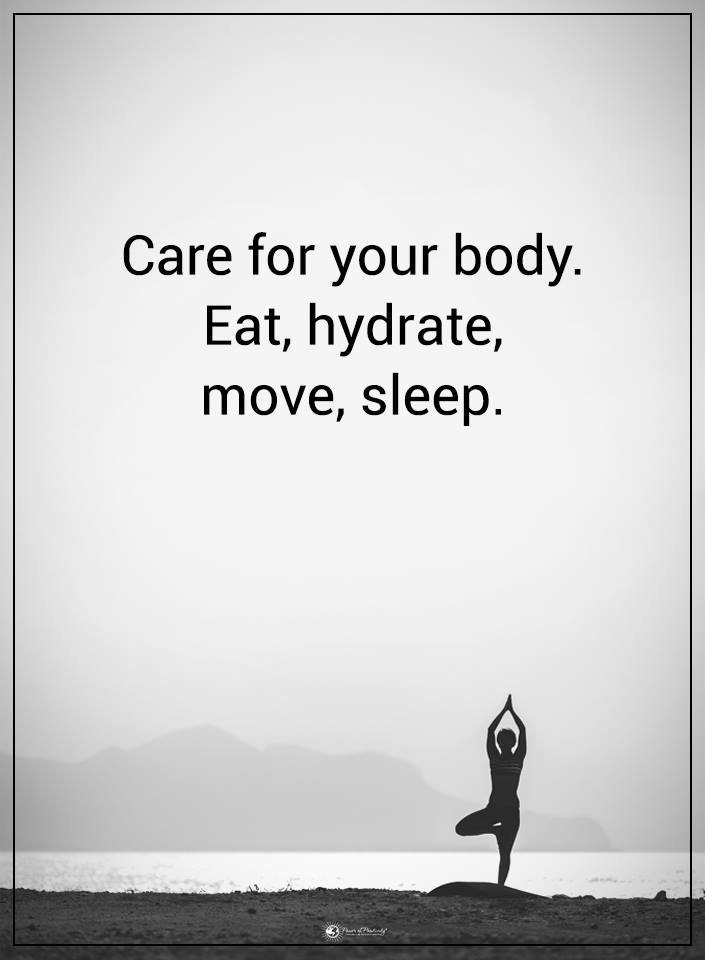A panic attack is an immediate surge of overwhelming fear that appears without warning and without reason. Panic attacks can produce symptoms so severe that the victim may feel as if they are dying.
The American Psychological Association (APA) cites the symptoms of a panic attack as:
- racing heartbeat
- difficulty breathing, feeling as though you “can’t get enough air”
- terror that is almost paralyzing
- dizziness, lightheadedness or nausea
- trembling, sweating, shaking
- choking, chest pains
- hot flashes, or sudden chills
- tingling in fingers or toes (“pins and needles”)
- fear that you’re going to go crazy or are about to die
What are you supposed to do when facing such an overwhelming experience? How do you know what will bring relief?
Here are 26 Tips to Help You Prevent Panic Attacks
1. Use deep breathing:
Take slow, deep, complete breaths. Deliberate, deep breathing forces your body to relax, which is essential to stopping the rush of adrenaline.
2. Distract yourself:
When you’re feeling highly anxious and tense, find a way to take your mind off of your symptoms. Play a game, listen to calming music, or eat a favorite snack.
3. Yell “Stop!”:
Seriously, this might just work. The reason: panic attacks are a buildup of worry in own heads, and something dramatic may just shock the system.
4. Understand the impermanence:
Recognize that you’re having a panic attack while reminding yourself that it will soon pass. Then, try relaxing your body.
5. Focus on one thing:
A panic attack causes a surge of adrenaline, making it hard to concentrate. This is exactly why you should try anyway. Pick an object in clear sight and notice its color, shape, size, and other properties.
6. Do some light exercise:
Get your body moving, and your mind may just slow down. Exercise also releases feel-good hormones that can help combat debilitating anxiety.
7. Try lavender:
Certain smells have a way of relaxing the brain, and this includes lavender. If you’re prone to anxiety or panic, keep lavender essential oil on hand and breathe in the scent.
8. Repeat a mantra:
Choose a mantra that has personal meaning to you and repeat it until you feel the anxiety start to subside.
9. Practice visualization:
Visualization can serve as a powerful antidote to anxiety and panic. Practice visualization, picturing an ideal landscape until you relax and feel at peace. With this skill in your arsenal, it’ll be hard for anxiety to shake you up.
10. Top-down relaxation:
Top-down relaxation is useful because it engages your mind and body. It works by focusing on relaxing one muscle at a time. Progressively moving up or down your body, relax one muscle after another until your whole body is calmer.
11. Close your eyes:
Your brain is uber-sensitive when in panic mode. Slow the stimuli of information from the external environment by closing your eyes.
12. Take a shower:
Warm or cold water, your choice. Make sure it’s a shower and not a bath. The reason you don’t want to draw a bath when panicky is that it takes too long, and you run the risk of the symptoms worsening.
13. Force a smile:
Studies show that smiling, even when it’s forced, activates the areas of the brain associated with happiness.
14. Listen to your favorite music:
This one is wholly dependent upon the individual. If you’re sensitive to external sounds, this may not be a good idea. However, if you’re a music lover and external distractions help relieve anxiety, go for it.
15. Don’t run away:
Some individuals who become panicked try running or pacing quickly; for them, these things cause the panic attacks to subside. If this doesn’t work for you, stay in place and distract yourself.
16. Or sprint:
Then there’s doing the total opposite: as in running as fast as you can until you’re completely out of breath. If it works, that’s all that matters!
17. Hold your breath:
According to some who suffer from panic attacks, holding their breath allows them to prevent hyperventilation. Hold your breath four to five times, for 10-15 seconds each time. After the last round of breath holding, deeply inhale to the count of 7 and exhale to the count of 11.
18. Splash cold water on your face:
The point here is to shock the system. Another (colder) alternative is breaking up some ice cubes and submerging your face in ice water.
19. Do some push-ups:
Pushups aren’t fun and everyone knows this, which may be why doing a few may help. Exerting your muscles a bit may be all that’s needed to calm your system.
20. Watch something funny:
If you feel your anxiety levels ratcheting up, find something that always seems to tickle your funny bone. Have a favorite movie clip or YouTube video? Fire it up!
21. Write:
Journaling has a way of getting us out of our head. One reason we’re so anxious is the mistaken belief that the only place for our thoughts is in our noggin. Instead, write about how you’re feeling, where you are, what you’re thinking about, what your plans are for the day, and so forth.
22. Read a children’s book aloud:
That’s right. Find a child’s book like Green Eggs and Ham, and read it aloud as you would to a child. You may just relax and soothe yourself!
23. Practice mindfulness:
Anxiety arises when we’re overthinking the past or future. Try directing all of your attention on what’s happening at this moment.
24. Do a puzzle:
Doesn’t matter what kind of puzzle, but if you have a go-to, break it out. Engaging your mind in something may help fend off feelings of anxiety and panic.
25. Listen to nature:
There are a bunch of nature sounds available online and for download. It may be a good idea to listen to these when feeling anxious.
26. Get a stress ball:
These things haven’t become popular for no reason. Squeezing a stress ball may help get some of the stress and tension out.
Final Thoughts: Consider Getting Help
Panic attacks are a symptom of Panic Disorder, a condition that occurs in around one in 75 people. While the techniques mentioned here may help to prevent panic attacks, they are not considered a permanent solution.
Only a board-certified physician can effectively rule out any underlying medical causes and prescribe the appropriate treatment. Examples of treatments prescribed by doctors include cognitive behavioral therapy (CBT), “cognitive restructuring,” mindfulness-based stress reduction (MBSR), and anti-anxiety medications. As always, do not be afraid to seek out a second opinion!











